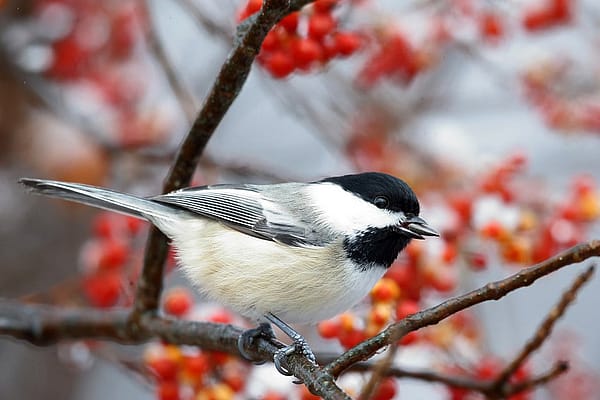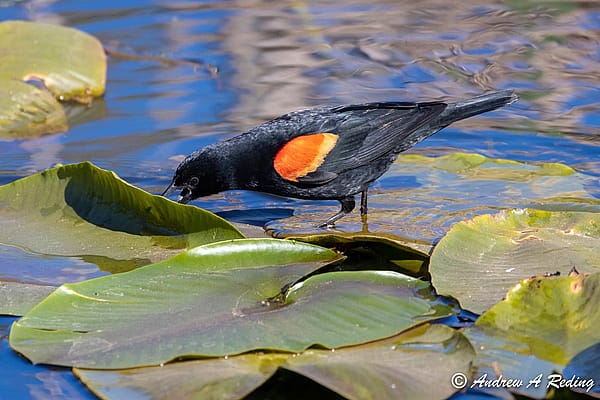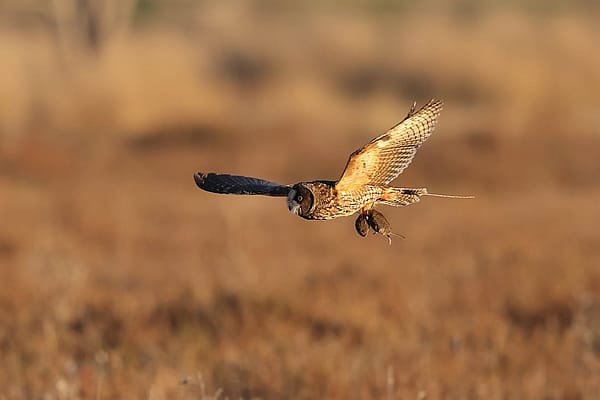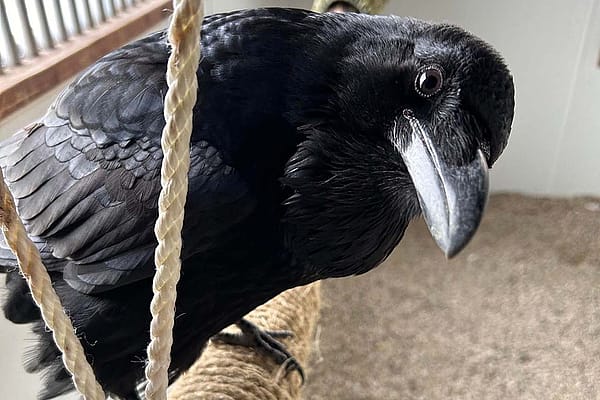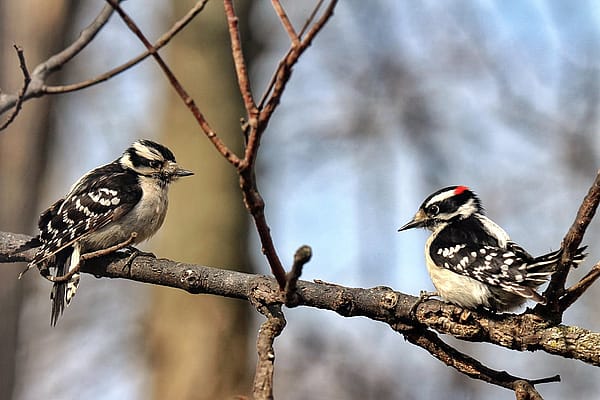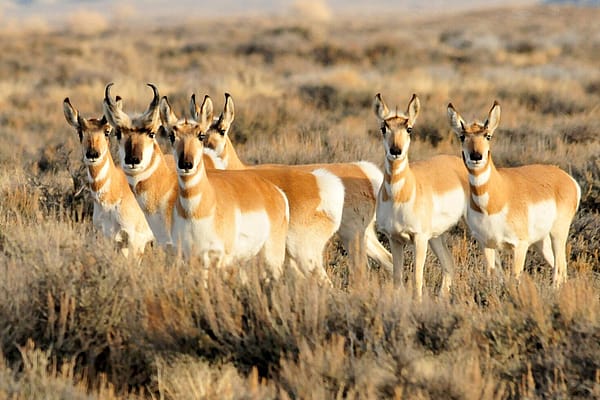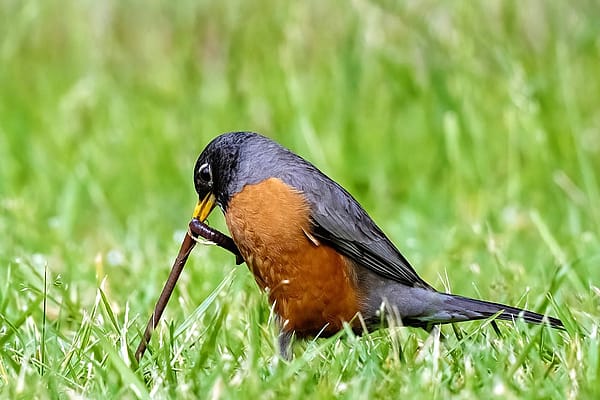
Nighthawks, Hawks In Name Only
The name “nighthawk” causes some confusion as it suggests that this might be a true hawk. This bird, however, is not even related to the hawk family. The nighthawk received its name because it resembles small hawks when observed in flight. Nighthawks are in the Caprimulgiformes order, where falcons are in the Falconiformes order, and eagles and hawks are in the Accipitriformes order. To add further confusion, they aren’t strictly nocturnal (night time) birds. Almost exclusively eating flying insects, nighthawks prefer to hunt half an hour before sunset until an hour after sunset, and again starting an hour before sunrise.
These birds range from the far northern parts of Canada, down through South America and are quite common in the summer here in the Cody area. On warm summer evenings, look to the sky and listen for their sharp, peent call. One evening I counted 25 diving and turning over our front field as they fed on airborne insects. I am sure there were more but with their quick wing beats and almost bat like turns and swoops, it was hard to count them. In towns, these birds may take advantage of clouds of insects that are attracted to streetlamps or other bright lights, so you may see them swooping quickly back and forth within the lighted area.
The Common Nighthawk also makes a very impressive sound that some people describe as “booming” sounds. This sound is produced by the male during their courtship displays. Diving abruptly to the ground, the male will suddenly swoop out of the dive, flexing his wings downward, at which time the air rushes across his wingtips making this deep, booming type of sound. These dives are not just for benefit of the female but also used to warn people or territorial intruders.
Check out this video of the Common Nighthawk in flight: https://www.youtube.com/watch?v=z007PLpWYxQ
During the daytime you may find nighthawks resting on wooden platforms, fence posts, gravel surfaces, tree branches, and even on the railings of decks and gazebos.

The Common Nighthawk is not easily disturbed by the presence of humans and will be found nesting in both rural and urban environments. In towns they will nest on flat, gravel like roof tops. In rural areas, they lay their eggs directly on the ground.
For additional information, and also to hear the call and “booms” of the nighthawk, check out this excellent video: https://www.youtube.com/watch?v=9qpsyjmda5Q
Photo Credits:
Photo of nighthawk in flight © Kim Taylor Hull, Attribution-NonCommercial 2.0 Generic Deed
Written By
Anne Hay
Anne Hay has a Bachelor's degree in Elementary Education and a Master's in Computers in Education. She spent most of her working years teaching third grade at Livingston School in Cody, Wyoming. After retiring she began doing a variety of volunteer work for the Buffalo Bill Center of the West’s Draper Natural History Museum. Anne loves nature and has a concern for the environment. She believes that educating the public, so that they will have a better understanding and appreciation for the natural world, is very important. Because of this belief, volunteering at the Center is a perfect fit. She spends time in the Draper Lab, observing eagle nests for Dr. Charles Preston’s long-term research project on nesting golden eagles, writing observation reports of raptor sightings in the Bighorn Basin, and working with the Draper Museum Raptor Experience. Anne states that, “Having a bird on my glove, is one of my all time favorite things in life.”




